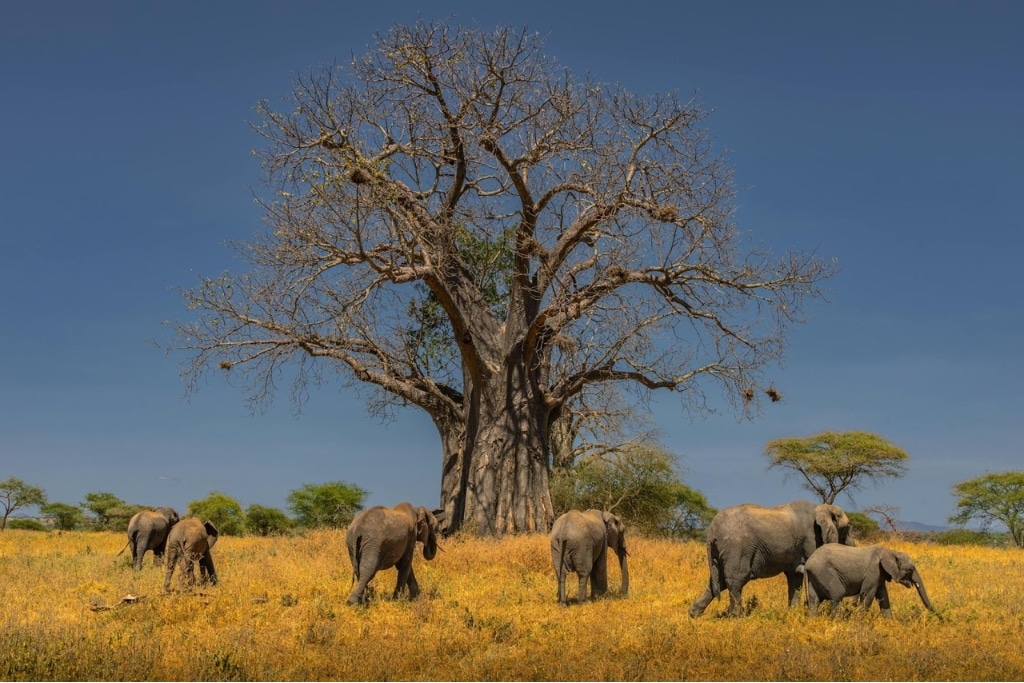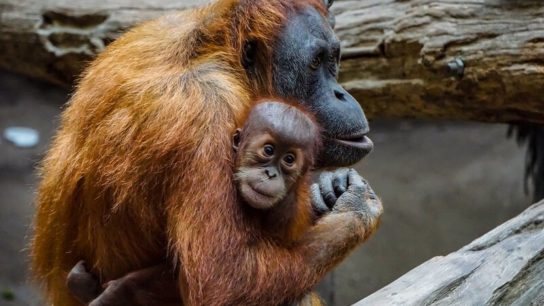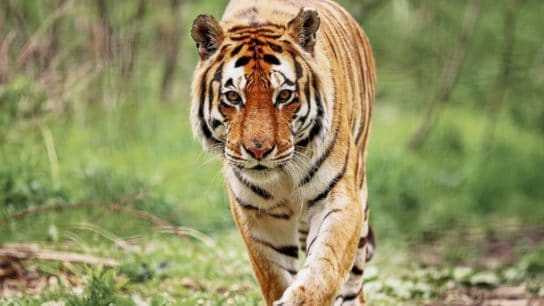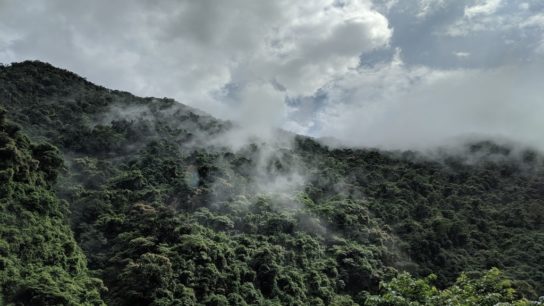Africa’s biodiversity is on the brink due to deforestation endangering both ecosystems and cultural heritage. From plants used in traditional dishes to animals that are symbolic of indigenous customs, the loss of biodiversity affects the continent’s natural heritage. This article explores the impact of deforestation and biodiversity loss in Africa, discusses the cultural significance of endangered species, and highlights ongoing conservation efforts.
—
A recent post that went viral among Nigerian users on social media X (formerly known as Twitter) sparked widespread conversation about an endangered tree species known as Pterocarpus mildbraedii, whose leaves are an essential ingredient in a cherished local dish, Oha soup.
The discussion highlighted not only the tree’s importance to regional cuisine but also raised broader concerns about endangered species and biodiversity conservation across Africa.
The continent boasts an unparalleled richness of biodiversity. Biodiversity includes a variety of living organisms, ecosystems, and genetic differences that are essential for maintaining the balance of nature. Ecosystems such as savannas and rainforests provide habitats for over 50,000 plant species and thousands of animals.

Africa’s biodiversity is deeply related to the cultural tapestry of the continent.
For instance, the Oha tree, which is used to make the popular Nigerian soup, is now endangered due to deforestation and overharvesting. In East Africa, certain tree species are essential for building sacred structures in Maasai rituals. Many Indigenous communities depend on specific plants for medicinal use, such as the baobab tree, often referred to as the “Tree of Life,” which serves as both food and medicine in several African societies. The decline of these species endangers both ecological balance and the cultural traditions relying on them.
Biodiversity on the Brink: Who Is to Blame?
The relationship between cultural practices and species extinction is complex. While traditional communities often practice sustainable resource management, modern pressures and global social media trends can put species at risk. A striking example is the Chilean cacti Chilean cacti, which have become endangered partly due to social media-driven demand from collectors across the globe. This highlights the need for conservation efforts that balance tradition with sustainability.
Deforestation, climate change, illegal wildlife trade, and land degradation are among the leading threats to Africa’s biodiversity. Deforestation, driven by agriculture, logging, and infrastructure development, has decimated over 4 million hectares of forest in Africa, causing habitat destruction and soil erosion.
Over 420 million hectares of forest have been lost worldwide due to human activity, with Africa being heavily impacted. Tropical forests are particularly vulnerable, and their destruction leads to the extinction of countless species, many of which have not yet been studied or documented.
Illegal wildlife trade further aggravates the situation, threatening iconic species like rhinos, elephants, and pangolins. The combined effect of these factors is the rapid decline in both flora and fauna species essential to Africa’s ecological and cultural landscape.
What’s Being Done to Save the Wild – and the Culture?
Governments are encouraged to use nature reserves and National Parks as critical tools to protect biodiversity. For instance, a 2020 study published in Nature Conservation demonstrated that areas with restrictions on logging, mining, and agriculture, such as the Amazon Rainforest, experienced a 30% increase in wildlife populations within five years.
National parks such as the Serengeti in Tanzania are crucial for protecting biodiversity by offering vast, protected areas where wildlife can thrive without human interference. Covering about 5,700 square miles (14,762 sq. km), Serengeti National Park is the habitat of iconic species such as lions, elephants, and wildebeests. The park’s status allows it to maintain strict regulations on activities like logging, mining, and agriculture, minimizing habitat destruction. The Great Wildebeest Migration, a significant event where millions of animals migrate between Serengeti and Kenya’s Masai Mara, showcases the park’s contribution to preserving vital natural phenomena for ecosystem balance.
Efforts to safeguard Africa’s biodiversity by all stakeholders are growing, with substantial investments from local and international organizations. The African Development Bank (AfDB) has collaborated with the Global Environment Facility (GEF) to fund projects focused on conserving forests and rehabilitating degraded lands across Africa. In Nigeria, community-based projects are preserving the genetic diversity of indigenous plants through the establishment of home gardens to propagate endangered species.
Meanwhile, NGOs like the World Wildlife Fund (WWF) and African Parks are leading conservation initiatives that include anti-poaching efforts, forest restoration, and community education on sustainable land use. For example, African Parks has successfully reintroduced species like lions and rhinos into protected areas in South Africa and Malawi, creating a balance between wildlife conservation and local community development.
Technologies like virtual reality (VR) and 3D printing play an essential role in preserving cultural practices while reducing reliance on endangered species. For example, Researchers in Vienna utilized 3D printing to craft replicas of traditionally carved ivory artifacts. In South Africa and Kenya, 3D-printed prosthetics have been instrumental in aiding the rehabilitation of limbs and beaks, enabling animals to regain mobility and feeding abilities to thrive in their natural habitats. This not only highlights the positive impact of technology on preserving cultural heritage, which in turn supports and contributes to ecological conservation efforts.

Outlook
Biodiversity loss in Africa is not merely an environmental concern but a profound cultural crisis. The extinction of species integral to traditional practices undermines not only ecosystems but also the cultural heritage that defines communities across the continent.
Preserving Africa’s unique biodiversity requires a unified effort, where local communities are empowered, and sustainable investments are made to protect both nature and cultural traditions. Each of us has a role to play – whether by supporting conservation projects, raising awareness, or making lifestyle changes that protect the environment. Africa’s natural and cultural wealth is irreplaceable, and it is only through collective, sustained action that we can ensure its survival for future generations.
Featured image: Sergey Guk/Pexels.
This story is funded by readers like you
Our non-profit newsroom provides climate coverage free of charge and advertising. Your one-off or monthly donations play a crucial role in supporting our operations, expanding our reach, and maintaining our editorial independence.
About EO | Mission Statement | Impact & Reach | Write for us














